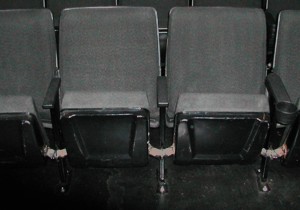 | |
| { An Analysis of Whether Hollywood Movies Today Are as Good as They Were Twenty-Some-Odd Years Ago, Using National Lampoon's Animal House (1978), National Lampoon's Van Wilder (2002), and Aristotle's Scientific Method—as Perhaps Refined by René Descartes—as Argumentative Tools } David C. Madden
Hypothesis Experiment Conclusion So, at long last, a conclusion: hypothesis incorrect. | |
 Statement of the Problem
Statement of the Problem